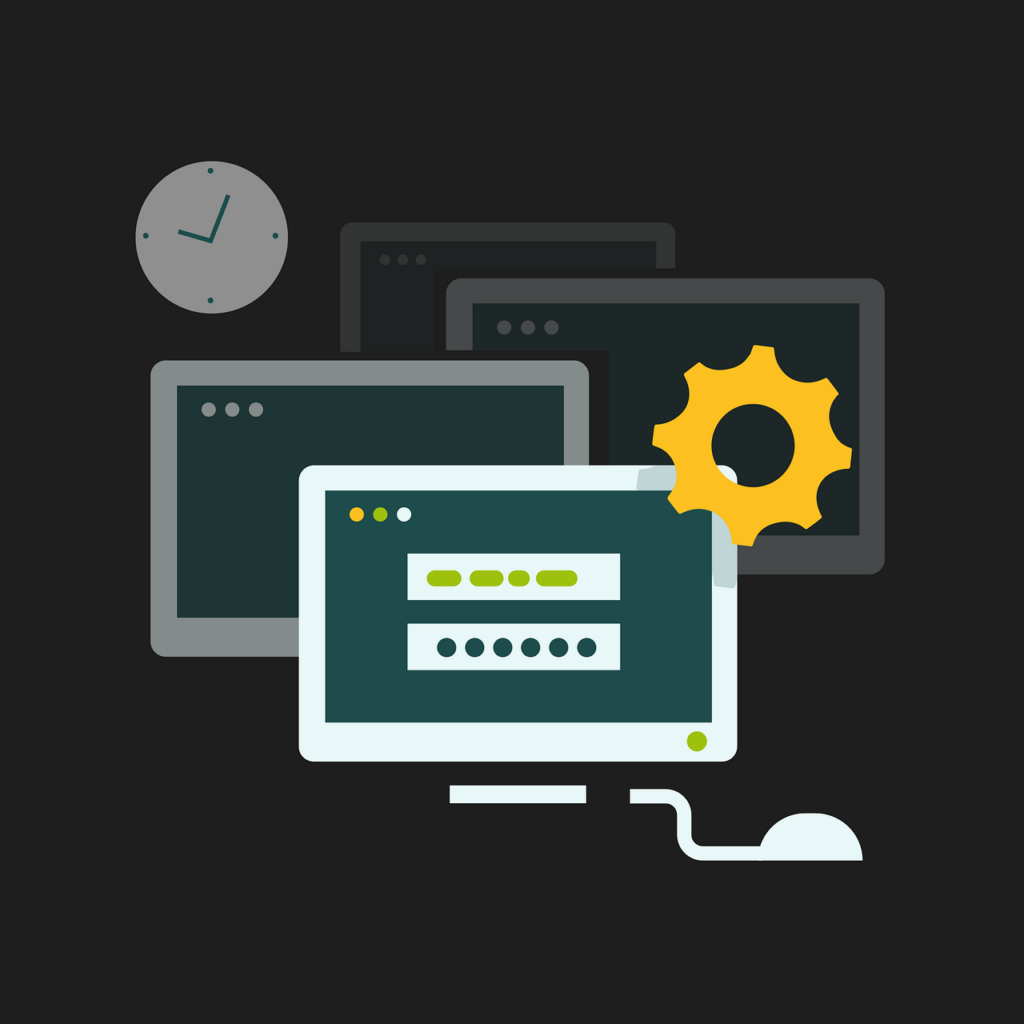Hiring the right technical talent is crucial for any development team, especially in roles that span frontend and backend technologies. Interviewing candidates for these positions requires a deep understanding of both areas, as well as the ability to ask targeted questions that reveal core competencies and problem-solving capabilities. In this article, we’ll outline essential questions for testing knowledge in frontend and backend technologies, helping you find candidates who have a strong foundation in both areas and can adapt to the full-stack development landscape.
1. The Importance of Assessing Frontend and Backend Skills
Frontend and backend technologies work together to create functional, responsive, and secure web applications. While frontend development focuses on the user interface and user experience, backend development ensures that the application functions seamlessly by handling data storage, server interactions, and security protocols.
For a comprehensive overview of the skills you’ll want to evaluate in a full-stack developer, you can check out this guide on what to look for in a full-stack developer. This guide helps clarify what frontend and backend skills are essential, especially when looking for someone with cross-functional expertise.
2. Key Questions to Assess Frontend Knowledge
A skilled frontend developer must have a strong understanding of HTML, CSS, JavaScript, and modern frontend frameworks like React or Vue. Here are some core questions to help gauge a candidate’s knowledge of frontend technologies:
- Explain the box model in CSS and how it impacts layout design.
Purpose: This question helps evaluate their grasp of CSS fundamentals, as the box model is key to layout and styling. - How do you manage browser compatibility issues in frontend development?
Purpose: Understanding how candidates approach browser compatibility is essential, as it reveals their problem-solving skills and experience with cross-browser testing tools. - What are the advantages and disadvantages of using frameworks like React or Vue?
Purpose: This question assesses the candidate’s familiarity with frontend frameworks, including when and why they would choose specific frameworks based on project needs. - Describe how you approach responsive design.
Purpose: With the increase in mobile browsing, responsive design is crucial. This question tests the candidate’s knowledge of media queries, flexible layouts, and mobile-first design principles.
If you need to evaluate candidates based on their skills in more depth, refer to this guide on narrowing down candidates by skills and expertise, which provides a step-by-step approach to filtering for skill-specific competencies during the hiring process.

3. Core Questions to Test Backend Knowledge
Backend developers work on the server-side of applications, handling data processing, security, and API integrations. Here are some questions to assess a candidate’s understanding of backend technologies:
- What are RESTful APIs, and how do you implement them?
Purpose: This question tests the candidate’s understanding of APIs and how they facilitate communication between frontend and backend systems. - How do you ensure data security in backend development?
Purpose: Security is critical for backend roles, so this question assesses the candidate’s approach to handling data securely, including encryption and secure authentication practices. - Describe the concept of database normalization and why it’s important.
Purpose: Database normalization is a core concept in relational databases, and this question reveals the candidate’s approach to organizing data and optimizing database performance. - Explain the differences between SQL and NoSQL databases and when to use each.
Purpose: This question tests their understanding of database management and the specific use cases for different types of databases, such as MongoDB and MySQL.

4. Combining Frontend and Backend Questions for Full-Stack Roles
For candidates applying for full-stack roles, it’s essential to assess their cross-functional knowledge. A well-rounded full-stack developer should be able to switch between frontend and backend seamlessly, adapting their skills to different aspects of a project.
Here are some combined questions to test their full-stack capabilities:
- How do you manage state across the frontend and backend in a web application?
Purpose: This question assesses their ability to synchronize data, a crucial skill in full-stack development. - Describe your approach to error handling and logging in both the frontend and backend.
Purpose: Proper error handling is crucial for a smooth user experience and secure application. This question reveals how they think about reliability and troubleshooting. - How would you design an API endpoint that fetches specific data to display on a frontend interface?
Purpose: This tests their understanding of API design and how to structure endpoints that facilitate seamless communication between frontend and backend. - Explain how you handle authentication and authorization across a full-stack application.
Purpose: Handling authentication and authorization in full-stack development involves secure practices across both frontend and backend.
When hiring for technical roles, remember that a candidate’s adaptability and problem-solving approach are just as important as their technical skills.
For a better idea of how to evaluate a candidate’s profile for full-stack expertise, check out this guide on analyzing freelancer profiles. It provides insight into selecting candidates with the right blend of skills and experience, ensuring they’re a good match for your project’s technical needs.
5. Practical Tasks and Test Projects for Deeper Assessment
If you want a comprehensive assessment of a candidate’s skills, consider assigning practical tasks or test projects. This gives them the chance to demonstrate their skills in a real-world scenario. A task could be a small project, like building a RESTful API and connecting it to a simple frontend interface, which will showcase their ability to integrate both parts seamlessly.
Incorporating these projects into your hiring process can help you observe the candidate’s problem-solving skills, coding style, and attention to detail. To learn more about assigning effective test projects, you can read this in-depth guide on narrowing down candidates by skills and expertise.
6. Wrapping Up: Making the Right Hire for Frontend and Backend Roles
Evaluating candidates for frontend and backend roles involves much more than just technical questions. Look for indicators of how candidates approach problem-solving, their communication skills, and their ability to stay updated with the latest technology trends.
By asking targeted questions and assigning practical tests, you’ll be in a better position to make the right hiring decision. Technical roles are at the core of any development team, so a thorough interview process ensures that you’re bringing in talent that’s not only skilled but also capable of adapting and innovating.









